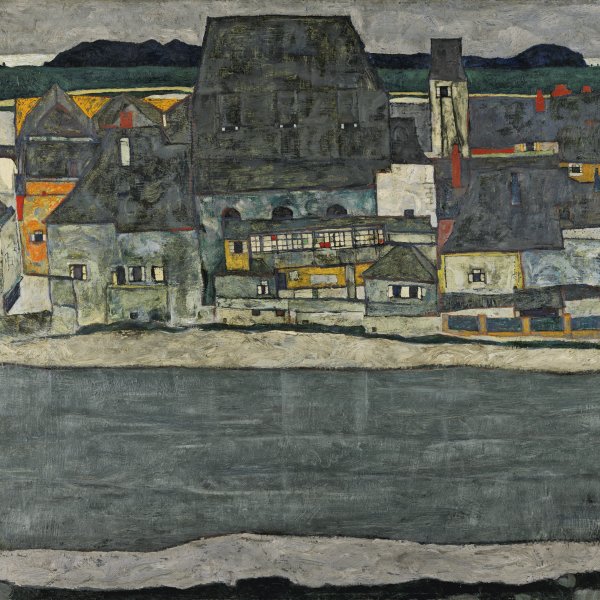Nude Girl with Arms Outstretched
1911
Watercolor, gouache and pencil on Paper.
48 x 31.5 cm
Museo Nacional Thyssen-Bornemisza, Madrid
Inv. no.
738
(1977.11
)
Not on display
Level 2
Permanent Collection
Level 1
Permanent Collection
Level 0
Carmen Thyssen Collection and Temporary exhibition rooms
Level -1
Temporary exhibition rooms, Conference room and EducaThyssen workshop
At the beginning of the twentieth century, when sexuality began to be explored more seriously, some artists — among them Egon Schiele, no doubt — reflected certain emotions in their portraits by means of an erotic exaggeration of the naked body. From the scientific and artistic revival of the body in the Renaissance, bringing with it the debate on idealistic or naturalistic representation, until the end of the nineteenth century, when the nude began to be considered a means of identifying individual personality, the nude portrait was very rarely used. However, in the twentieth century the body gradually gained greater popularity as a theme and as a result the nude portrait became widespread.
Egon Schiele never conformed to the canons of beauty in his portrayal of the human body, which he showed in uninhibited poses imbued with eroticism. Indeed, even when they adopt provocative poses, his human figures appear to the viewer to be isolated by their alienation. As in other works, in the present watercolour the artist uses a young girl as a model — a practice that earned him a spell in prison and a conviction for offending public morals.
Although Jane Kallir called the work Standing Female Nude in the catalogue raisonné of the painter’s work, as Peter Vergo has noted the girl is not standing but reclining.
Paloma Alarcó
Egon Schiele never conformed to the canons of beauty in his portrayal of the human body, which he showed in uninhibited poses imbued with eroticism. Indeed, even when they adopt provocative poses, his human figures appear to the viewer to be isolated by their alienation. As in other works, in the present watercolour the artist uses a young girl as a model — a practice that earned him a spell in prison and a conviction for offending public morals.
Although Jane Kallir called the work Standing Female Nude in the catalogue raisonné of the painter’s work, as Peter Vergo has noted the girl is not standing but reclining.
Paloma Alarcó









